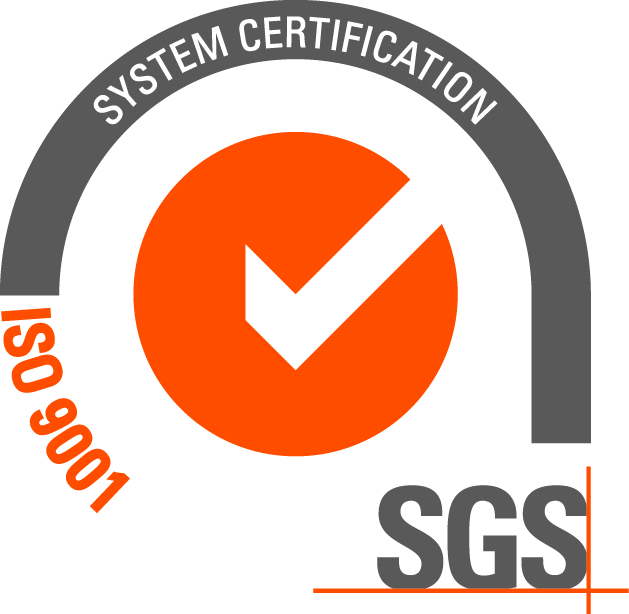Stored or Instant Hot Water?
Should you have hot water on demand, or keep it hot ready for use? This article discusses some of the issues you’ll need to consider.
Power requirements
To heat water instantly, such as in a flow heater or electric boiler, takes a lot of energy. Unless the water can be circulated and heated in a number of passes through the flow heater, this means a high kW load is required.
For example, to get a reasonable flow from an electric shower takes at least 12kW. However, if the water is heated in a domestic cylinder, a 3kW heater is adequate. This is because the water in the cylinder is heated over several hours and stored in the cylinder.
Power and flow rates
In general, the faster water needs to be heated, the higher the kW load required. This can cause practical problems if the electrical supply entering a building can’t cope with high kW load applications.
Where the water flow rate changes quickly, this can cause problems for instantaneous heating. As the flow rate changes, the kWs required needs to change. It can take a control system time to match the kW input to the flow rate. The result is over or under heating. Electric control systems that alter or modulate the input kW load are also expensive.
Coping with erratic demand
Where water demand is erratic, and flow rates can change quickly, it’s usually best to heat water and store it. Sometimes it’s a positive advantage to store hot water — for example, a thermal store which uses off-peak electricity or where the electricity is generated by intermittent renewables.
Constant demand
Where demand is constant, and there’s a steady flow rate, a flow heater producing instant hot water will usually be cheaper, and take up less room. When starting from cold, there’s no need to wait for a large storage vessel to heat up.
Flow heaters are also ideal for systems where water is re-circulated and there is a relatively small increase in temperature on each pass. Such applications include radiators and under-floor heating systems.
What to consider when you’re specifying an immersion heater
This list isn’t exhaustive and your unique circumstances might mean there are additional considerations.
- Method of fixing to the vessel
- Withdrawal distance
- Correct voltage and phases
- Compatibility with other materials in the system and the medium being heated
- Power density – scaling, damage to the medium being heated (indirect heating via a water or oil jacket).
- How the electric heater is to be controlled
- Capacity of the electricity supply
- Terminal enclosure ingress protection (IP)
- Cold zone – nozzles, etc.
- Whether vertical mounting is being used
Test Term
This is a test term





